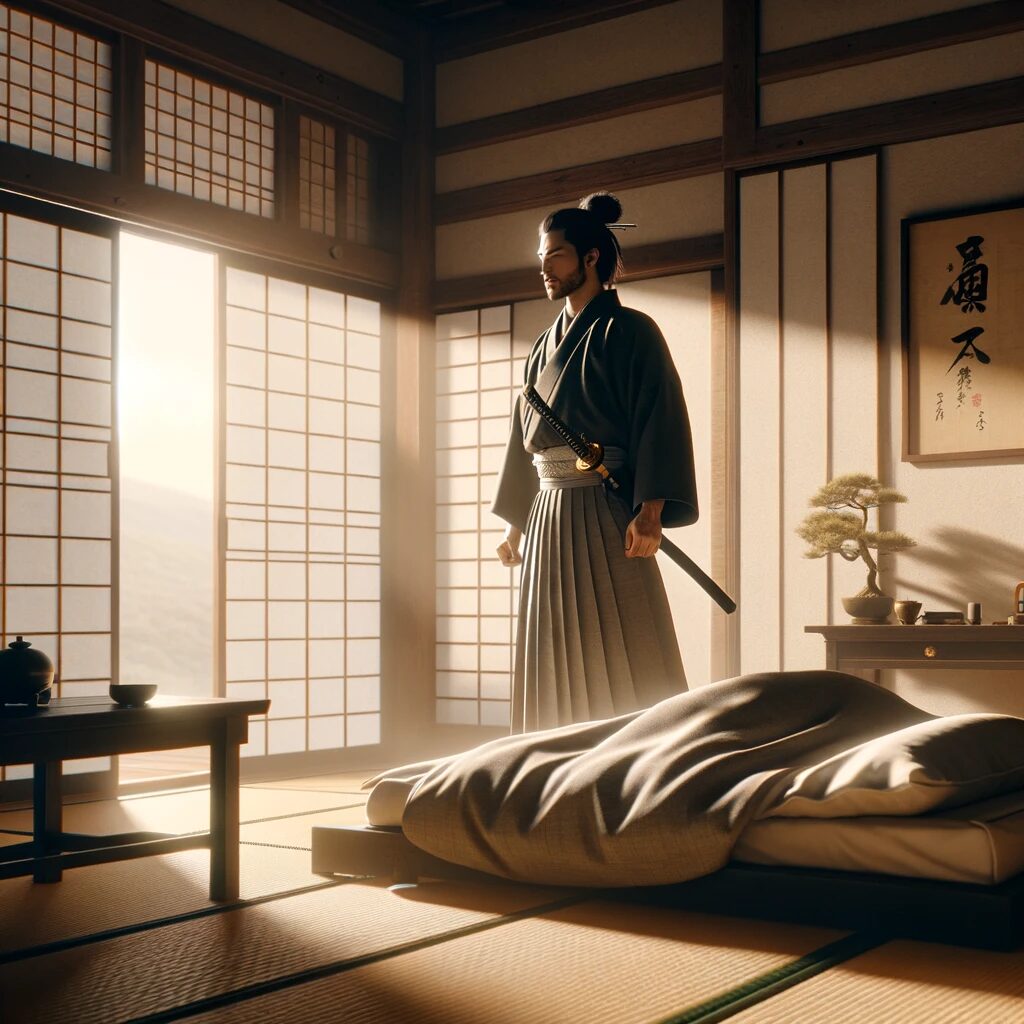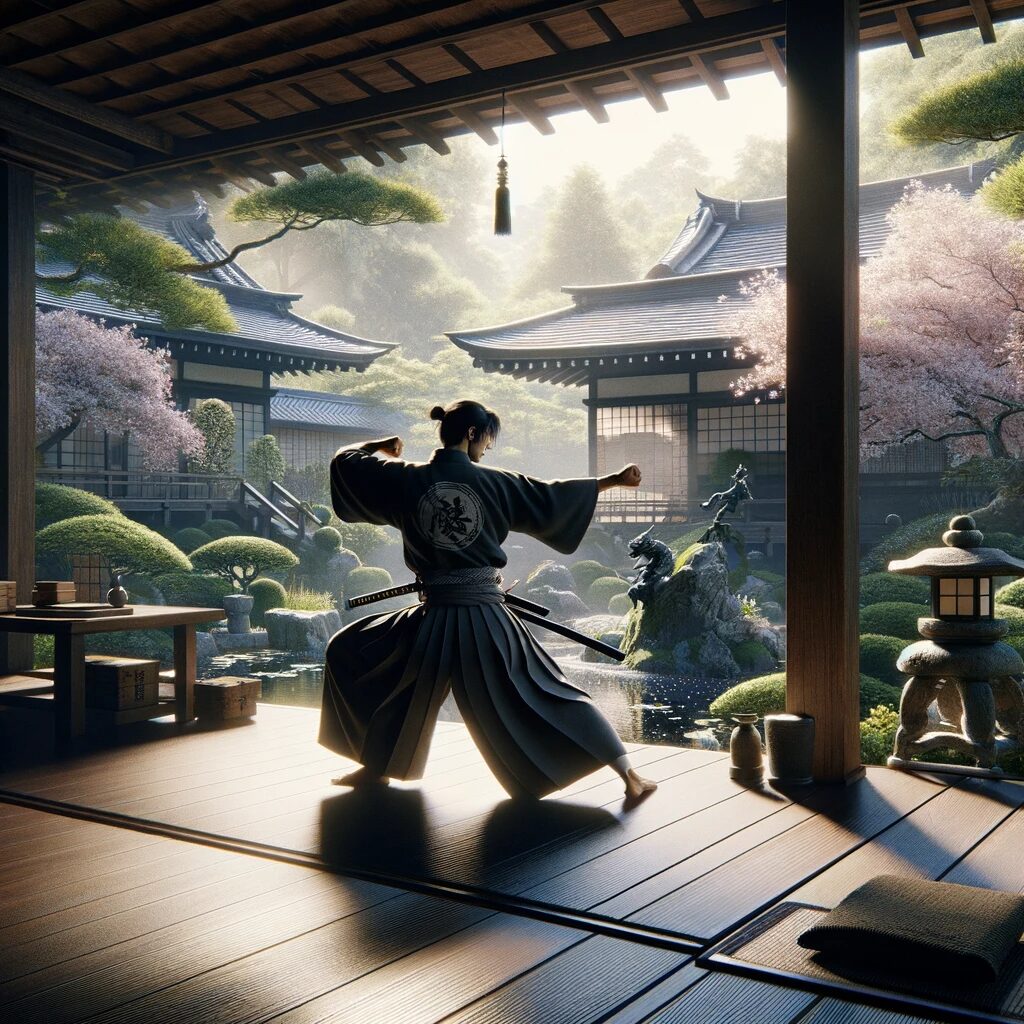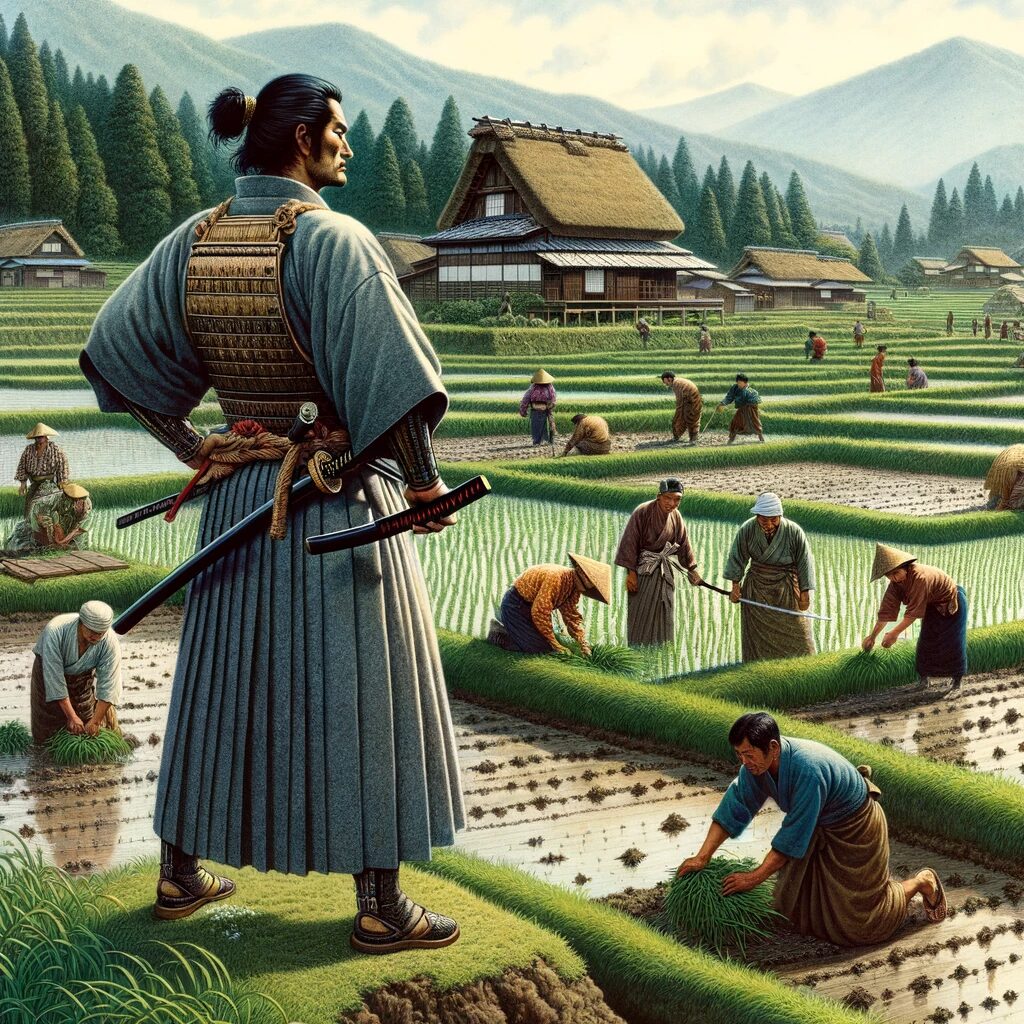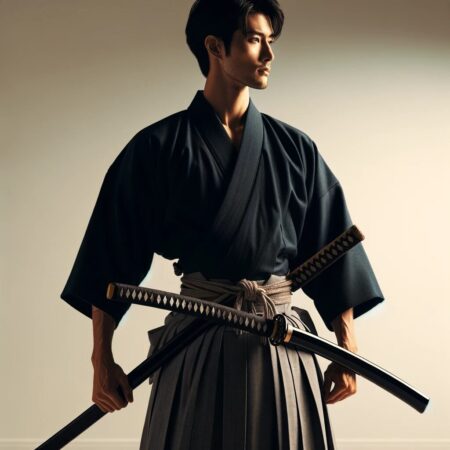The Kamakura Period marked a significant shift in Japan's political landscape, as power transitioned from the nobility to the samurai, or warriors, for the first time. This era saw the rise in prominence of the samurai class, and one might wonder how these warriors spent their days in an age devoid of modern conveniences like television and smartphones. Let's explore the daily routine of a samurai during the Kamakura Period.
Wake-up: 4 AM - 5 AM

The samurai's day began very early, typically waking up around 4 to 5 AM with the sunrise. For those who find modern mornings challenging, it might be somewhat comforting to know that the samurai were up even earlier.
Martial Arts Training: 5 AM - 7 AM

Upon rising, the samurai would immediately begin their morning martial arts practice, reminiscent of morning training sessions in middle and high school clubs.
In addition to martial arts, they engaged in activities like dog chasing (Inuoumono), hat shooting (Kasagake), and horseback archery (Yabusame). Dog chasing involved releasing many dogs within a confined area and competing to see how many could be shot with arrows while on horseback. Hat shooting was the practice of shooting arrows at a hat target while stationary on a horse, and horseback archery involved shooting arrows at targets while riding at speed.
These three practices, known as the "Three Forms of Shooting from Horseback," were essential for samurai, as bow and arrow were the primary weapons of war at the time, despite the popular image of the samurai sword.
Breakfast: 7 AM - 8 AM
After morning training, it was time for breakfast. Samurai typically had two meals a day, and breakfast was simple: rice and a dish known as "one soup, one side." The rice was not white but brown, and rather than being boiled, it was steamed. This steamed brown rice, known as "strong rice," amounted to about five bowls per day.
Despite "one soup, one side" sounding minimal, the nutritional value was likely better than modern diets due to the high vitamin, mineral, and fiber content of brown rice. Just the rice alone could amount to approximately 2400 calories, equivalent to the daily intake recommended for modern adult males in Japan. With the addition of the soup and side dish, the total could exceed 3000 calories.
Samurai were known to eat quickly to be ready for battle at a moment's notice. During times of war, the number of meals could increase from two to three per day to meet the higher caloric demands.
Agricultural Management: 8 AM - 12 PM

After training, higher-ranking samurai might inspect agricultural work on their lands. In the Kamakura Period, samurai managed farmers who supported the entire group through the harvest, making agricultural management crucial.
Lower-ranking samurai, who did not train in the morning, would engage in martial arts practice after breakfast.
Free Time: 12 PM - 5 PM
Following the agricultural inspections, samurai had free time for various activities. Some might study or read, while others could return to martial arts training.
Dinner: 5 PM - 7 PM
After free time, it was dinner, typically as simple as breakfast, though occasionally including meat. Interestingly, in that era, only samurai and farmers ate meat; nobles and monks abstained due to religious beliefs. Despite being looked down upon for their diet, some nobles and monks secretly envied the samurai's meat dishes and would sometimes eat meat in private.
The meat consumed by samurai and farmers was not from essential agricultural animals like cows or horses but from wild game such as boar, deer, bear, and raccoon, as consuming valuable livestock was not practiced.
Bedtime: 8 PM
After dinner, the samurai would prepare for bed, as the lack of artificial lighting meant that nightfall dictated bedtime.
Interestingly, samurai slept in a position that kept their dominant hand free and unobstructed, ready to grab their sword in case of a night attack or sudden battle.
Summary
This article explored a day in the life of a Kamakura Period samurai, who lived by the sun's schedule, filling their hours with martial arts training, agricultural management, study, and simple living.
Though their lifestyle was austere, the samurai played a pivotal role in supporting Japan during this era. For those intrigued by the samurai, further reading on the topic is encouraged!



